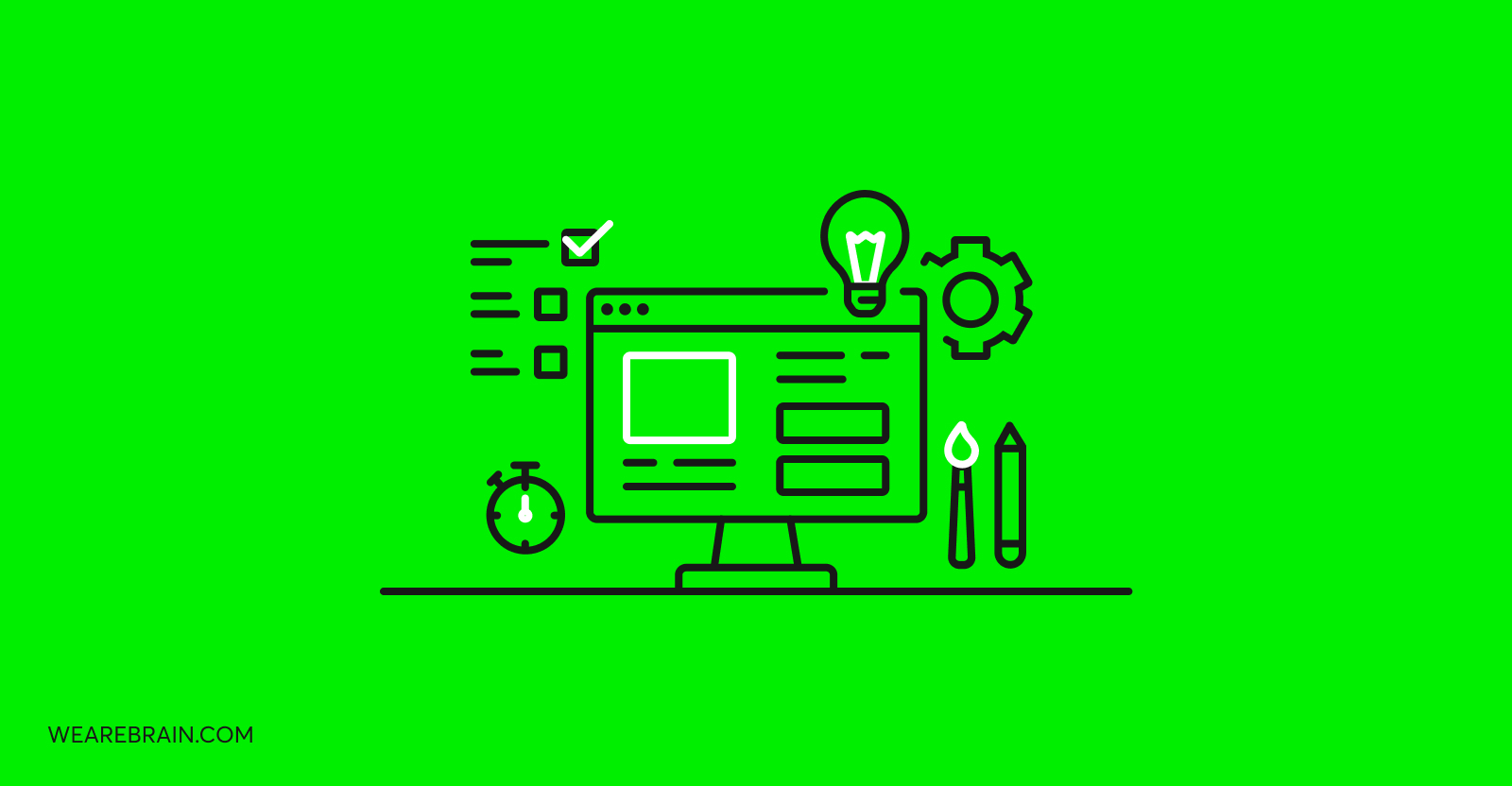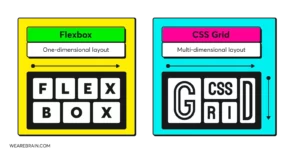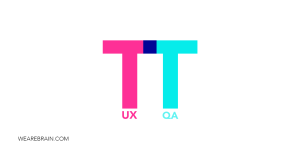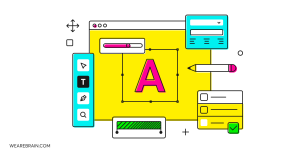How can DesignOps benefit your design team?

What is DesignOps?
Design Operations, commonly referred to as DesignOps, is the process of establishing optimised workflow processes and operationalisation of design within your organisation. It focuses on orchestrating design practices and developing a systematic framework conducive for allowing design to operate at scale. It is a way to evaluate and manage your product design processes and to meet the demanding design-related challenges that most growing organisations face. Essentially, DesignOps is your business’s design playbook which aims to support your team and boost their ability to consistently deliver high-quality designs and products at scale.
Who is involved in DesignOps?
According to the Nielsen Norman Group, DesignOps applies to anyone using user-centered and design-thinking processes to solve problems. This includes UX designers, visual designers, service designers, communication designers, user researchers, content strategists, and anyone else contributing to the end-user experience.
A sound DesignOps structure helps to ensure all the above ‘designers’ are able to effectively collaborate together with their product and engineering departments throughout the entire development process.
Why is DesignOps so important?
The increasing understanding and appreciation of the ROI of UX has led to the rapid growth of product businesses and their design teams. This type of growth inevitably leads to increased complexity of design demands, requiring teams to scale exponentially. The result is that often design and development teams operate independently from each other within their own information silos. Without structured DesignOps processes, these departments could misalign their outputs causing incompatible results which require further work to rectify, including dreaded delays and expensive repercussions. Furthermore, this style of waterfall development approach means to design and development teams can only begin working once one of them has completed their portion.
Efficient DesignOps processes ensure complete unity and cooperation between design and development teams. This is achieved by DesignOps’ Agile development processes which call for collaboration and iterative approaches to product design and development.
So, how can you incorporate a DesignOps culture in your organisation?
How to create your own DesignOps process
There are numerous components which make up a successful and efficient DesignOps process but the key is to focus on the elements which directly align to your current business needs and forget about the rest. It is important to understand that there is no one-size-fits-all approach to DesignOps as your business requirements are likely to drastically differ from others. Your DesignOps process must be tailored to your available resources and skills.
To make things easier, try boiling it down to these 3 key areas of focus: structure and collaboration, workflow and harmonisation, and resulting impact.
Structure and collaboration
It is crucial to define how your design and development teams will work together. In order to do this, first start by defining your organisational and departmental structure. From here, you will be able to clearly see what type of staff and complimentary skills are required to augment and supplement the makeup of your teams according to your project requirements.
Collaborative DesignOps hinges on departmental structure so that everyone understands their roles and responsibilities in order to work toward the same strategic objectives. Clearly defined and established roles and structures leads to effective collaboration both within teams and departments.
Workflow and harmonisation
How will your design and development teams successfully create user-centered products? Through establishing a standardised workflow process and team harmonisation. Standardising design processes is important to ensure consistency in design, design thinking, and design approach within your team. Define what tools and workflow process you will use for compatibility and ensure all team members are on board with these decisions from the get-go to avoid confusion and conflict.
Team harmonisation can be achieved through transparent information sharing. Your team must work as a unit to create effective design products. All team members must be able to access the same tools, technology stacks, user-research data, digital asset management (DAM), and other relevant tools to share design assets and templates across teams to ensure cohesive collaboration and consistency.
Resulting impact
The resulting impact of the successful deployment of DesignOps is that we are now able to define and measure design quality. This is achieved by creating definitions of certain commonly used design quality words like ‘good’ or ‘complete’. Also, it is important that certain metrics are established and aligned to design standards to be tracked over time. More importantly, it allows your team to establish and use design principles throughout the design process.
It is important to cultivate a culture of design understanding appreciation within your organisation, even by those who are not involved in design. The DesignOps processes of structure, definition, and Agile workflow processes can be incorporated by any department. So it is important to develop consistent messaging which speaks to the role and value of design by sharing success stories of user-centered design processes.
Summary
DesignOps is the key ingredient that holds the entire product design process together and facilitates impactful collaboration across multi-disciplinary teams and staff. It is therefore crucial to instill a DesignOps culture of thinking into your product design team’s planning and collaboration strategies. Remember, this can work both on a project or a business level, so consider starting small and scaling up once you have developed a well-oiled machine.
Without a comprehensive workflow strategy to keep your design team fully focused and on the same page, your products will suffer and so will your users. How your design team works together, how they get their work done, and how their work creates impact can be guided and quantified thanks to DesignOps.
Anastasia Gritsenko
Working Machines
An executive’s guide to AI and Intelligent Automation. Working Machines takes a look at how the renewed vigour for the development of Artificial Intelligence and Intelligent Automation technology has begun to change how businesses operate.







